Cricket
Shivam Mavi on his first India call-up

Shivam Mavi’s last week of 2022 was one he will never forget. Four days after the IPL champion Gujarat Titans bought the fast bowler at auction for INR 6 crore (about USD 731,000), he got his first call-up to India’s T20I squad for the three-match home series against Sri Lanka that starts on January 3.
Mavi’s selection was a bit of a surprise, since he didn’t have a great T20 season last year. After a mediocre IPL 2022, where he took only five wickets in six games and had an economy rate of 10.31, Kolkata Knight Riders let him go. But his recent performance for Uttar Pradesh in the Syed Mushtaq Ali domestic T20s was better: he took ten wickets in seven games and had an economy rate of 6.64.
Mavi hoped that he would be chosen to go to India, but when the time came, he still didn’t know how to feel.
Mavi tells, “When we play games at home, we usually go to bed early to get enough rest.” “But on that day, I was sitting in left-arm spinner Saurabh Kumar’s room with Samarth Singh because I knew the team was about to be announced. As soon as I found out I had been chosen, everything stopped for a split second. It was a great experience. I was sad, but I knew it was time to go.”
Mavi was at his happiest when he thought about his parents. As a teenager, they gave him money so he could go to and live in Delhi so he could try out for the Under-14s. When he didn’t make it in Delhi, his family moved from Mewa, a small town near Meerut, to Greater Noida to give him a second chance. The move to Uttar Pradesh and the chances it gave him, like being a net bowler for the Afghanistan national team, which used to play at Greater Noida, made a difference.
Mavi says, “This wouldn’t have been possible without what they [his parents] gave up.” “They had feelings just like everyone else. No matter what situation I was in, they always helped me feel better about myself and gave me their full trust.”
Mavi proved himself to be a key player on the India Under-19 team that won the World Cup in New Zealand in 2018. He got nine wickets in six games, with an economy rate of 4.12. This impressed many former players who were commentators at the tournament, like Sourav Ganguly and Ian Bishop.
Speedguns measured Mavi’s fastest delivery at 149kph. He and Kamlesh Nagarkoti were a deadly duo during India’s winning streak because of their speed and swing. Knight Riders then beat out Delhi Capitals’ aggressive bidding to buy Mavi for INR 3 crore (USD 470,000 approx. at the time).
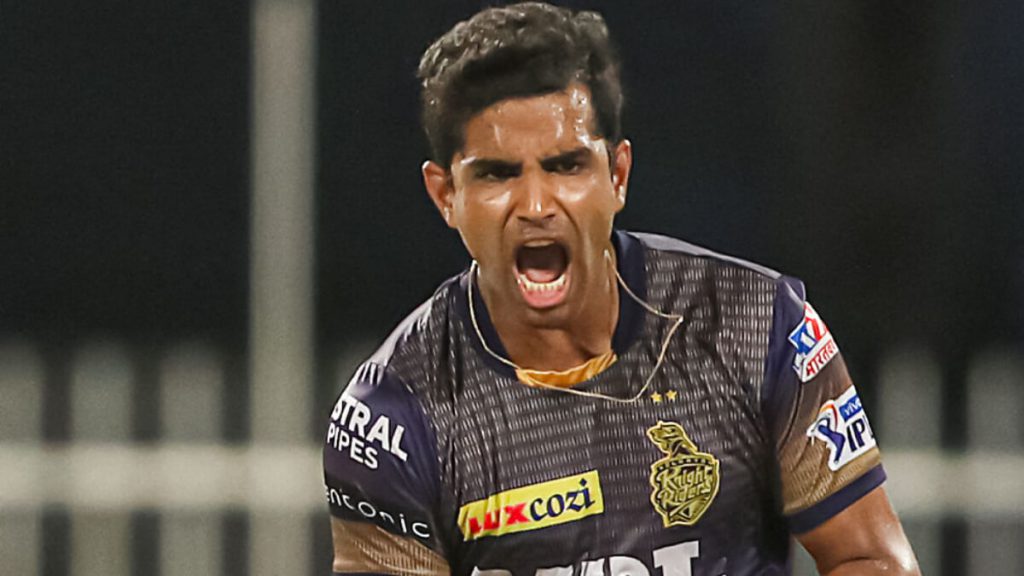
The success of the Under-19 World Cup in 2018 opened the door for players like Prithvi Shaw, Shubman Gill, and Arshdeep Singh to make their debuts for India. If Mavi makes his India debut in the Twenty20 Internationals against Sri Lanka, he will be the fourth player from that group to do so. But the last four years haven’t been easy for him.
“After my performance in the Under-19 World Cup, I thought that if I kept doing well, India might call me up soon,” Mavi says. “But after I got hurt, that goal seemed to move far further away in a short time. Even though, I always tried to keep a good attitude. I just kept my mind on the game. Injuries are inevitable in this game, but you have to keep going.”
Mavi has hurt himself more than once. Before he was picked for the India Under-19 team, he hurt his side and his ACL. In 2019, not long after his second season with Knight Riders in the IPL, he broke his back from stress. It meant he would have to miss IPL 2020, but Covid-19 caused the tournament to be pushed back, which turned out to be a blessing in disguise for Mavi, who ended the rescheduled season with nine wickets in eight games. Mavi took 11 wickets in nine games during IPL 2021, for an economy rate of 7.24. He was especially good on the power play, where he kept the number of goals down.
But he wasn’t ready for this season because he hurt his heel before it started. This was clear in IPL 2022.
Mavi says that the National Cricket Academy (NCA) and its coaches helped him get over injuries and do better on the field. “What usually happens is that there’s a bone there that doesn’t fully develop until you’re 22,” he says. “Pat Cummins had three stress fractures between the ages of 18 and 19. When people that age are put under too much pressure, they can get hurt.
“I’ve always had a pretty strong mind. I’ve learned over the years that getting hurt is just part of the game. When things are going well, it’s easy to be positive, but it’s more important to stay positive when you’re hurt. That’s all I ever thought about.
“The second time I hurt myself, I was at the NCA, and Rahul Dravid sir was there, too. I was under a lot of pressure because I kept getting hurt. So I went to him and asked him what I should do. He told me to keep my whole attention on the field of play. There will always be injuries, but it’s important to be ready for any chance that comes your way.”
Mavi is getting ready to do just that right now. “When KKR hired Umesh bhaiyya (Umesh Yadav) last year, it was clear that he would be India’s best fast bowler and that my chances would be limited. Now they also have Shardul [Thakur], so it was clear I wouldn’t have many chances to say what I wanted. I think that joining Gujarat Titans will give me more chances to play and let me be myself more.
“Add to that the fact that India picked me, and the things I learn in the locker room will help me become a much better bowler.”
Cricket
1000 Runs in ODIs: Kohli’s Cricket Legacy
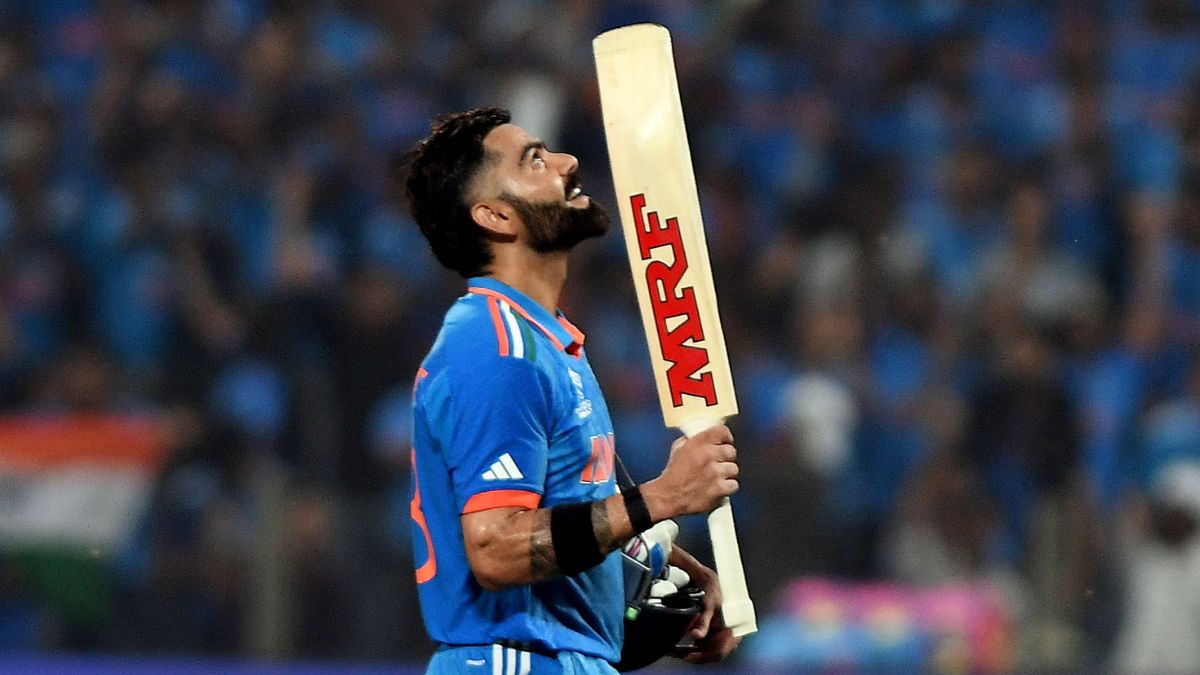
On Thursday, November 2, Virat Kohli achieved an accomplishment. He became the batsman to surpass 1000 runs in ODIs in 2023, following in the footsteps of Shubman Gill and Rohit Sharma. Not that,. He also joined Rohit Sharma, Shubman Gill, and Pathum Nissanka as the fourth players to achieve this impressive record in the 50-over format within the same year.
Stepping into History with 1000 Runs in ODIs
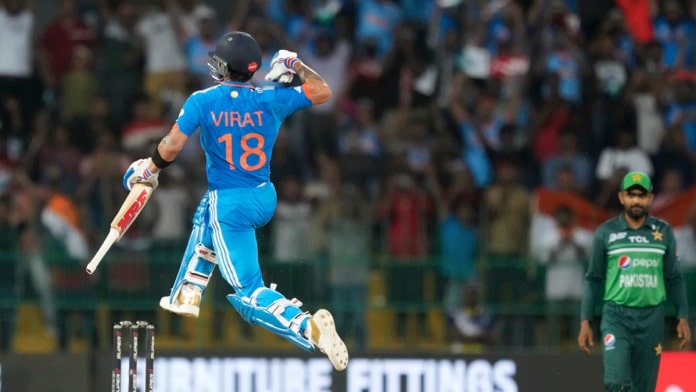
Entering the realm of history, Kohli’s unwavering determination and exceptional skills were put on display during his match in 2023. Notably, the cricket maestro, now 34 years old, made an indelible impact by surpassing Sachin Tendulkar‘s record, securing the most number of years with 1000 runs in ODIs. Kohli’s consistent ability to perform at such an exceptional level has been a defining characteristic of his illustrious career, as he had previously achieved this monumental milestone in 2011, 2012, 2013, 2014, 2017, 2018, and 2019, before accomplishing it once again in the present year of 2023.
Sachin Tendulkar with god of cricket Virat Kohli pic.twitter.com/zmztejNBBB
— Kevin (@imkevin149) November 2, 2023
An Unforgettable Journey
In an intense World Cup 2023 clash against Sri Lanka at the renowned Wankhede Stadium in Mumbai, Virat Kohli’s pursuit of this historic milestone was realized with an impressive 34 runs. Despite facing challenges, including a rare duck against England at the Ekana Stadium in Lucknow, his overall performance throughout the year has been nothing short of spectacular.
Kohli’s memorable journey was highlighted by an unbeaten century during India’s triumphant seven-wicket victory against Bangladesh at the Maharashtra Cricket Association (MCA) Stadium in Pune. Adding to his illustrious record, he solidified his stature with a brilliant 95 runs, making a significant contribution to India’s thrilling four-wicket win over New Zealand led by Tom Latham at the Himachal Pradesh Cricket Association (HPCA) Stadium in Pune.
Cricket
Shaheen Shah Afridi: Fastest to 100 ODI Wickets

Shaheen Shah Afridi, on Tuesday, October 31, achieved a remarkable feat, becoming the third fastest bowler to secure 100 wickets in ODIs. His outstanding performance during Pakistan’s World Cup 2023 match against Bangladesh at the renowned Eden Gardens in Kolkata led to this historic accomplishment.
A Landmark Moment
In the thrilling encounter, Shaheen clinched his 100th wicket in only his 51st match, dismissing Tigers’ opening batter Tanzid Hasan Tamim. The left-arm fast bowler displayed exceptional skill as he struck Tamim on the pads, prompting the on-field umpire to raise his finger. Despite Tamim’s referral to the third umpire using the Decision Review System (DRS), the replays confirmed the ball crashing into the stumps, upholding the on-field decision. Bangladesh lost their first wicket with the scoreboard reading 0 in just 0.5 overs.
Shaheen Afridi soars high yet again with another feat to his name 🦅#CWC23 | #PAKvBAN pic.twitter.com/IlQQ6P5xYK
— ICC Cricket World Cup (@cricketworldcup) October 31, 2023
Surpassing Preceding Records
Shaheen Shah Afridi not only secured this feat in record time but also outshone the accomplishments of esteemed bowlers preceding him. He surpassed the record of the fastest pacer, previously held by Mitchell Starc, who attained the milestone in August 2016 during an ODI against Sri Lanka at the R. Premadasa Stadium in Colombo.

Legacy of Excellence
Moreover, Shaheen shattered the long-standing record held by Saqlain Mushtaq, becoming the fastest Pakistani bowler to claim 100 wickets in ODIs. Saqlain had set this record on May 12, 1997, during an ODI against Sri Lanka in Gwalior. It is notable that among the Pakistani fast bowlers, the accomplished Shaheen Shah Afridi follows in the footsteps of the legendary Waqar Younis, who achieved the 100-wicket mark back in February 1993 against Zimbabwe in Sharjah.

Beyond ODIs
Demonstrating his prowess beyond ODIs, Shaheen has made significant contributions in Tests and T20Is as well. Since his debut in 2018, he has garnered 105 wickets in Tests and 64 wickets in T20Is. His exceptional journey began with a strong performance in the U19 World Cup in New Zealand. Notably, he played a pivotal role in Lahore Qalandars’ consecutive victories in the Pakistan Super League (PSL).
A Testament to Talent and Dedication
Shaheen Shah Afridi’s rapid rise to 100 ODI wickets within 51 matches underlines his exceptional talent and unwavering dedication to the sport. As he continues to leave an indelible mark on the cricketing world, his journey serves as an inspiration for aspiring cricketers worldwide. With his remarkable achievements, Afridi has solidified his place in the annals of cricket history, etching his name as one of Pakistan’s most formidable and promising fast bowlers.
Cricket
ICC World Cup: Shoaib Akhtar says, ‘Mai India ki tareef kyu na karu’

Former Pakistan fast bowler Shoaib Akhtar has recently expressed admiration for India’s dominant performance in the ongoing 2023 ICC World Cup. With India securing victories in all six matches, Akhtar highlighted the team’s exceptional display across various aspects of the game. Although the recent batting performance against England in Lucknow was relatively modest, India’s fierce bowling attack, led by Mohammed Shami and Jasprit Bumrah, proved instrumental in securing a remarkable win. This triumph not only solidified India’s leading position on the points table but also exacerbated England’s struggles in the tournament, leaving them virtually eliminated.
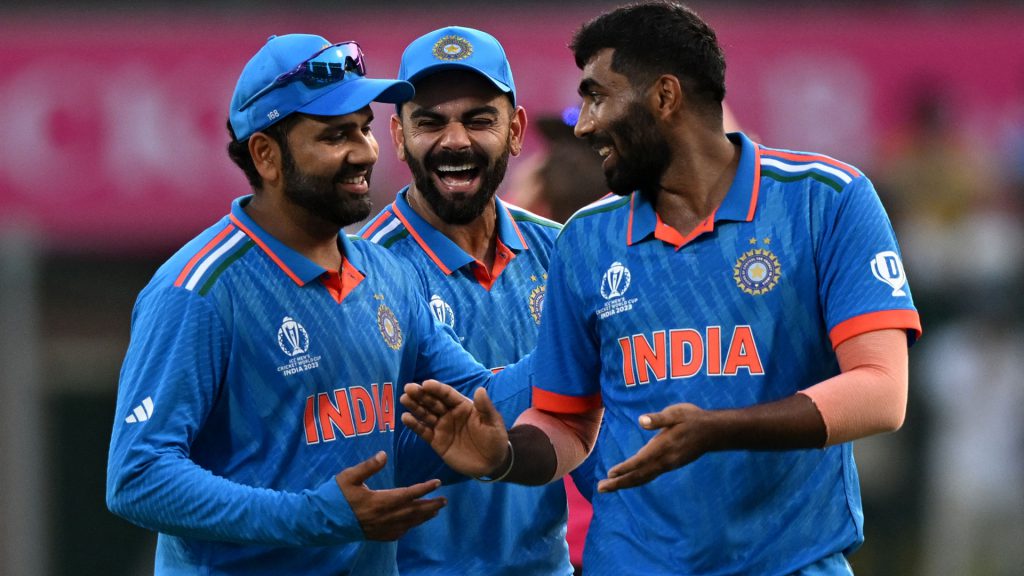
India’s Remarkable Bowling Transformation
In his analysis, Akhtar emphasized the transformative impact of Shami’s inclusion in India’s playing eleven following Hardik Pandya’s injury. Acknowledging Shami’s outstanding performances against New Zealand and England, Akhtar credited India’s ability to win matches through their bowling prowess, showcasing a shift from their traditional reliance on batting strength. He commended the collective effort of the Indian bowling unit, particularly recognizing the strategic brilliance of fast bowler Bumrah.
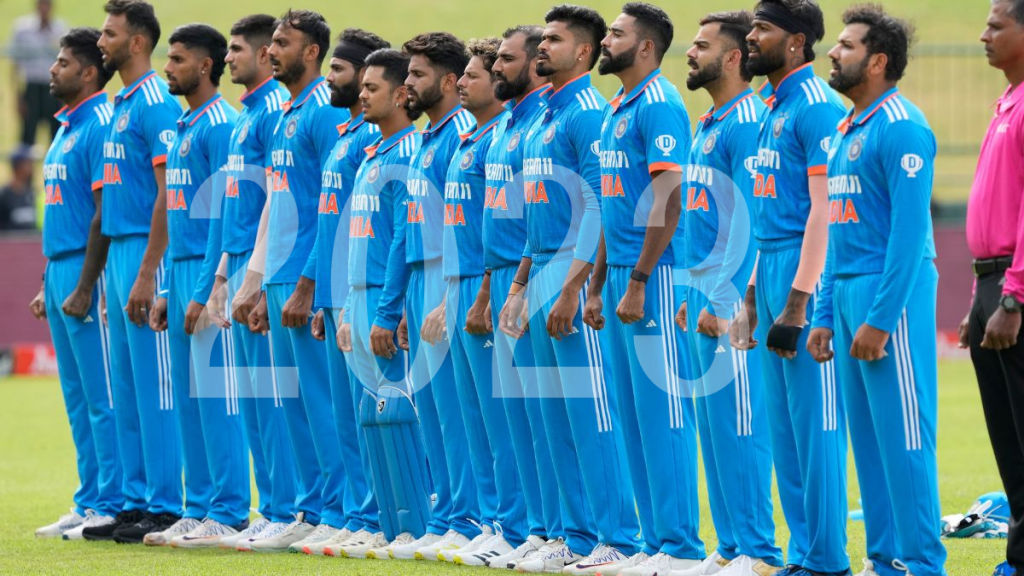
India’s Path to World Cup Glory
Looking ahead, Akhtar voiced his confidence in India’s potential to secure their third ODI World Cup trophy, highlighting the team’s upcoming matches against Sri Lanka, South Africa, and the Netherlands. Expressing optimism, he emphasized the significance of maintaining their unbeaten streak en route to the final, setting the stage for a potential historic ICC World Cup victory. However, Akhtar cautioned against compromising the successful bowling unit once Pandya returns to full fitness, warning against the potential detriment of a partially fit Pandya’s inclusion at the expense of a bowler.
Akhtar’s Praise for India and its Response to Criticism
Addressing skepticism surrounding his praise for the Indian team, Akhtar reiterated the exceptional nature of India’s performance, particularly in their ability to defend a modest total with a significant margin of victory. Undeterred by criticism, Akhtar reaffirmed his admiration for India’s exceptional cricketing prowess, urging acknowledgment and appreciation of their commendable achievements.
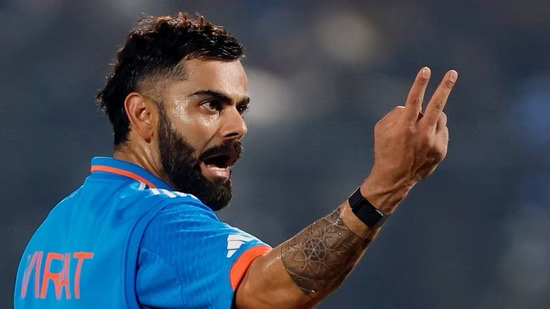
Shoaib Akhtar’s Perspective on Virat Kohli
Shifting focus, Akhtar’s history of praise extends beyond team performances to individual players, notably including former Indian team captain Virat Kohli. Reminiscing on Kohli’s resilience during a challenging phase in his career, Akhtar highlighted the pivotal role played by Kohli’s consistent century-scoring performances, leading to India’s victories. Recognizing Kohli’s contribution to the team’s success, Akhtar emphasized the significance of Kohli’s monumental centuries during crucial chases, solidifying his status as a crucial asset for the Indian cricket team.
In a comparison between Kohli and the legendary Sachin Tendulkar, Akhtar acknowledged Tendulkar’s status as one of the greatest batsmen while highlighting the challenges Tendulkar faced as a captain. Drawing parallels, Akhtar expressed confidence in Kohli’s eventual resurgence, expecting him to return to his prolific scoring form once he finds his equilibrium.
In summary, Akhtar’s acknowledgment of India’s exceptional performance and his recognition of individual players’ contributions underscore the team’s formidable presence in the 2023 ICC World Cup, setting the stage for a potential historic triumph in the coming days.







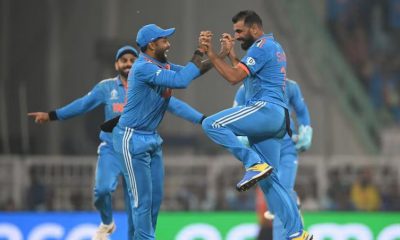

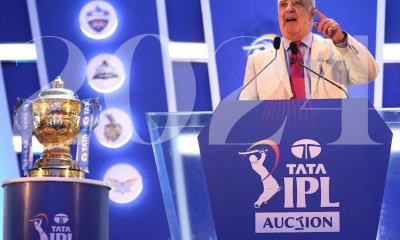

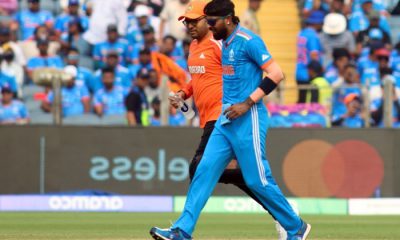





You must be logged in to post a comment Login